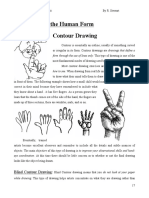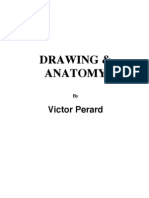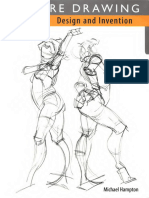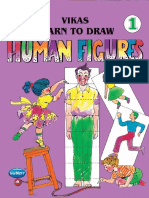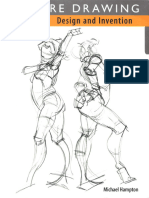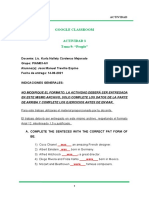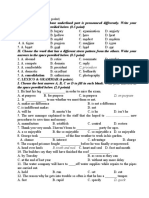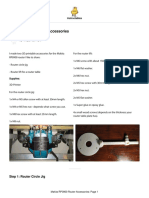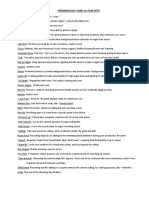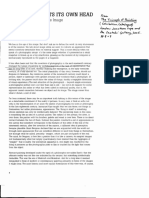100% found this document useful (3 votes)
1K views68 pagesFigure Drawing Methods For Artists
gesture drawing
Uploaded by
Dhammika FerdinandezCopyright
© © All Rights Reserved
We take content rights seriously. If you suspect this is your content, claim it here.
Available Formats
Download as PDF, TXT or read online on Scribd
100% found this document useful (3 votes)
1K views68 pagesFigure Drawing Methods For Artists
gesture drawing
Uploaded by
Dhammika FerdinandezCopyright
© © All Rights Reserved
We take content rights seriously. If you suspect this is your content, claim it here.
Available Formats
Download as PDF, TXT or read online on Scribd
/ 68




